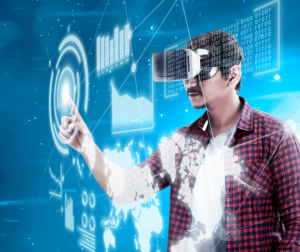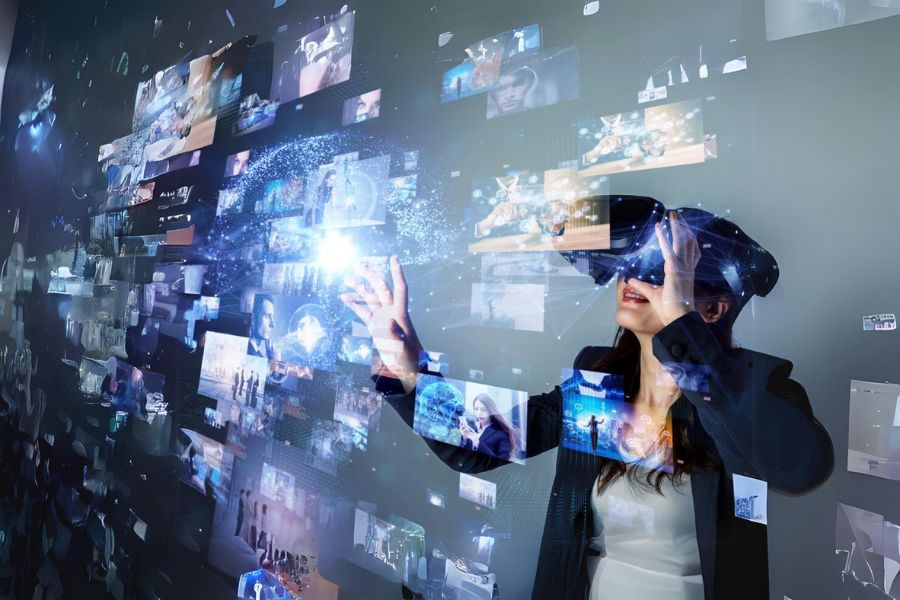The rapid development in technology in recent years has brought people closer to what digital devices can offer. People have always been fascinated with turning everything into its digital version, including reality. The technological advancements in Virtual Reality, or VR, and Augmented Reality, or AR have made this possible. What only seemed like science fiction before is now at our disposal. The adoption of these new technologies has been so quick that you may even see them being used routinely.
What is the difference between VR and AR?
People have always named their inventions based on what those inventions do or represent. It is the same with virtual reality and augmented reality. As their names suggest, they both have something to do with creating a new reality. However, they have a clear distinction in their processes.
To put it in simple terms, virtual reality is a technology where a VR device creates a new reality from scratch and brings the user to the reality while almost cutting them off from the real world. On the other hand, augmented reality is a technology where an AR device, which can be in the form of our regular smartphones, creates a new reality from materials taken from the real world, using a phone camera.
What is the future of AR and VR?
If we talk about the potential of augmented reality and virtual reality, it can be said that both technologies have promising futures. Both technologies have become more and more common in our daily life, especially AR since it uses devices like our regular smartphones. It is just like how smartphones were first introduced to the public.
Smartphones were quite expensive, sophisticated, and considered to be far superior compared to feature phones back then. However, now smartphones have become ordinary in our society and can be bought for affordable prices.

What are some applications of AR and VR?
Every time a new technology appears, it has to have its application in real life. In fact, most new technologies appear due to problems that demand solutions from the new technologies. Both augmented reality and virtual reality appear due to the demands of making a digital reality for many purposes. So, it should not be too hard to find the applications of AR and VR in real life.
Many people may not even notice that the features in their smartphones that they use every day are categorized as AR. One of the applications of AR that we can find in our daily life is photo or video filters. By using photo or video filters, we have altered or ‘augmented’ the reality that has been captured by our smartphone camera.
Of course, that is not the only application of AR and VR. There are many other significant applications of AR and VR besides photo or video filters. Those include applications in video games, medical diagnoses, engineering, such as simulation of a building construction, project explanation, and so on.
What is Google’s AR and VR?
As one of the leading companies in technology, Google has launched its new product called Google’s AR and VR. As explained above, augmented reality and virtual reality create new realities to help and ease our life with their implementation. Google leverages these technologies to help bridge the digital world with the physical world.
Google AR and VR utilize the user’s smartphone camera and provide the user with information they need, such as the name of the street, navigation, simulation, and so on.
Virtual reality (VR) and augmented reality (AR) are two of the most talked-about technologies of the last few years. While both are immersive technologies that allow users to experience digital content in a more interactive way, there are some key differences between the two. VR is a completely computer-generated experience that immerses users in a digital world, often through the use of a headset or other specialized equipment. AR, on the other hand, is a technology that overlays digital content onto the real world, usually through the use of a smartphone or tablet.
While VR is often associated with gaming, it has a wide variety of applications in fields such as healthcare, education, and architecture. For example, VR can be used to simulate surgeries, creating a safe environment for medical students to practice in. In architecture, VR can be used to create virtual tours of buildings that have not yet been built, allowing clients to get a better understanding of what the finished product will look like.
AR has many applications, including in retail and marketing. For example, AR can be used to create interactive product displays in stores, allowing customers to see how products would look in their own homes before making a purchase. AR can also be used to create immersive advertising campaigns, such as the Pokemon Go game that allows users to catch virtual Pokemon in the real world.
Overall, while VR and AR have some similarities, they are two distinct technologies with different applications. As both continue to develop, we can expect to see even more exciting and innovative uses of these immersive technologies in the future.





